The Eaton’s Queen Street Store on April 16, 1975. The view looks south on Yonge Street toward Queen Street, the east facade of the Simpson’s Store (now The Bay) visible in the distance. Behind the white hoarding, to the north of the Eaton’s Store (in the foreground), construction is underway for the northern part of the Eaton Centre. Photo from the City of Toronto Archives, Fonds 1526, FL 0084, Item 62.
The Eaton’s Queen Street store occupied an entire city block, which was bounded by Yonge, Queen, Albert and James Streets. It was one of the most magnificent retail stores ever built in Canada. I was a young man when it was demolished to build the Eaton Centre, and I must confess that I did not lament its demise, despite having wonderful childhood memories of visiting it. Similar to most Torontonians in the 1970s, I was looking forward to the modern shopping mall that was to replace it and was too obsessed with the future to consider preserving the past. I now regret that I did not pay more attention and take photographs of it before it disappeared in 1977.
The northern half of the Eaton Centre, containing the new Eaton store, opened the same year that demolition commenced on the Queen Street store. The southern half of the Centre opened two years later. In future years, it became obvious that the Centre’s Yonge-Street facade had caused the street beside it to deteriorate, as it was a barren wall of concrete, devoid of stores with windows. Many millions of dollars were spent to renovate it to duplicate what the former Eaton’s store had always provided. How much better it would have been if the architects had paid more attention to the facade of the old Eaton’s Queen Street store. Attractive shops at street level provide a more inviting streetscape, and streets that are inviting attract shoppers, customers for restaurants, and tourists.
When I was a teenager in the 1950s, I considered the T. Eaton Company so immense that it seemed indestructible. It was a retail and manufacturing empire, spanning the nation from Atlantic to Pacific. When it disappeared, in today’s terms, it was akin to Tim Horton’s, Swiss Chalet, Harvey’s, the NHL, or Canadian Tire disappearing from the scene. Similarly, when I attended Shea’s Hippodrome, the University Theatre, and the Odeon Carlton or the Odeon Hyland, I never dreamt that in the years ahead, they would all disappear. Only the facade of the University remains to remind us of the days when Toronto included many Canadian-owned commercial enterprises, including the largest of them all—Eaton’s.
Shea’s Theatre (left) on Bay Street near Queen, and the University Theatre (right) on Bloor Street West.
Eaton’s was a retail success story that commenced in 19th-century Toronto. It became one of the most trusted and respected firms in Canada. Its founder, Timothy Eaton, was born in Ireland in 1834 and immigrated to Canada West (Ontario) in 1854, settling in the southwest part of the province. He relocated to Toronto in 1869 and opened a wholesale business on Front Street, near Yonge. However, later in the year, he moved into a rental property at 178 Yonge Street, near the corner of Queen Street, and opened a retail dry goods shop.
In the 1860s, King Street was the main shopping avenue of Toronto. The streets north of King possessed mostly pedestrian traffic, although there were horse-drawn streetcars on Yonge Street, between King Street and the village of Yorkville. The wealthy in their fancy carriages did not often venture as far north as Queen. However, Timothy was more interested in the masses than the wealthy. During the next few years, his store lured shoppers north to Queen Street. Due ever-increasing sales, Eaton’s shop was extended 40 feet to the rear and then, it leased the second-storey apartment above the store. It was said that Timothy paid the drivers of the horse-drawn streetcars to announce at the appropriate time in the journey—“Queen Street, all out for Eaton’s.”
Timothy soon outgrew the building at 178 Yonge, and in 1883, he relocated to 190-196 Queen Street, a short distance north. He now had 52 feet of frontage on Yonge Street, which provided 25,000 square-feet of retail space. His new shop possessed exceptionally tall plate-glass windows, vastly improving the displays of merchandise. This was a new concept, as although many shops at the time contained large windows, they had numerous small panes of glass.
Timothy’s merchandising methods, however, were far more revolutionary. He ended the system of bargaining for the price of goods; he sold all items at an advertised fixed price. The store offered no credit, but if customers were not satisfied with their purchases, the items were either exchanged or the money refunded. Customers were also invited to enter the shop to browse, and were not asked to leave if they did not purchase anything within a reasonable period of time, as occurred in other stores. The public quickly warmed to these new ideas and began flocking to the store.
In 1884, Eaton’s acquired its first telephone. Also, an overhead pneumatic tube system was installed. A bill for a purchase and the customer’s cash were placed in a small container and sent through a pressurized tube to a central service counter. The container was returned with the customer’s change and a receipt for the goods. I remember watching this system in operation in the 1940s in the Eaton’s Annex store on Albert Street.
In 1886, having grown to employ 1500 employees, Timothy acquired space on Queen Street West, with a frontage of 31 feet. This doubled Timothy’s retail space. Eaton’s now possessed an “L-shaped” configuration, with an entrance on Yonge and another on Queen Street. The same year, Eaton’s installed its first elevator. As a boy, I remember the elevators at Eaton’s, operated by women in uniforms, who wore white gloves. They called aloud the floors and stated the goods available on each floor. To allow customers to exit or enter the elevator, the operator opened a heavy cage-like set of iron bars that folded back, accordion-style, and then manipulated the actual elevator doors.
The same year, Eaton’s commenced closing on Saturday afternoons during July and August to allow employees to enjoy the summer weather. To compensate, special sales were held on Fridays. Other stores remained open all day on Saturdays during the summer, but their profits were less. My great Uncle Jim worked at Eaton’s in the 1920s, and was extremely loyal to the company as he had a cottage in Long branch. He was grateful to be able to depart to visit it on Saturday afternoons, during the summer months. Today, it is difficult to imagine Long Branch as cottage country.
In 1889, Eaton’s expanded with another section added to the complex, its west facade on James Street and its north facade on Albert Street. Next, the retail space on Queen Street was doubled in size. In 1891, restaurants were added to the complex, including the Grill Room on the fifth floor and the “Quick Lunch Room” in the basement. Next, a grocery department was opened in the basement. Two years later, a four-storey addition on Albert Street extended the retail space of the store. In 1896, the section on Queen Street was increased to four storeys. In 1903, the mail-order department relocated from the main store to its own building on Albert Street.
The year 1905 was when the first Santa Claus Parade was held. By 1907, Eaton’s owned 22 acres of property in downtown Toronto, its retail space within the city-block bounded by Yonge, Albert, James and Queen Streets. Only the small building on the northwest corner of Yonge and Queen was not part of the complex. A building to showcase furniture was acquired on the northwest corner of James and Albert Streets. In 1924, the Georgian Room opened on the ninth floor of Eaton’s; many considered it Toronto’s first fine restaurant.
Easter Display in the Eaton’s Store in 1906. Photo, Ontario Archives.
Looking north on James Street in 1910, toward Albert Street. Old City Hall is on the left-hand side (west) and Adam’s Furniture Store on the right-hand side (east). Eaton’s eventually acquired the furniture store as well. Toronto Archives, F. 1244, Item 1160a.
Statue of Timothy Eaton presented by the store’s employees in 1919. It was located near the Queen Street entrance. When the Eaton Centre was built, it was relocated to the Dundas Street entrance of the store. Today it resides in the basement of the Royal Ontario Museum. It was said that rubbing the toe of the shoe of the bronze figure brought a person good luck. Photo from Wikipedia.
Same view of James Street as the 1910 photo, but taken in 1920. In this picture, in the distance, the Eaton’s Furniture Store is visible on the northwest corner of Albert and James Streets. Toronto Archives, F. 1244, Item 1160b.
Post card showing the Eaton’s complex in 1920.
The view is looking east along Queen Street West toward Yonge Street in 1929. The Eaton’s store is on the left, and Simpson’s (The Bay) on the right. On the north facade of Simpson’s there is a large Union Jack and a banner fluttering over the street that advertises the CNE. Toronto Archives, S0071, Item 7175.
View looks north on Yonge Street from near Queen Street on January 12, 1929. Loew’s Yonge Street Theatre (now the Elgin) is on the right, and the Eaton’s store is on the left. Toronto Archives, S0071, Item 6569.
The Georgian Room in 1939. An orchestra played here while customers dined. Photo Ontario Archives.
The Yonge Street facade of the Eaton’s store decorated for the coronation in 1953. Photo, Ontario Archives.
The south facade of the Eaton store on Queen Street on April 5, 1977. Signs in the windows advertise the final sales before the store closed for demolition. Toronto Archives, F 1526, fl 0085, item 9.
Personal Memories of Eaton’s
I was a young boy in the 1940s, and my first memory of the T. Eaton Company was the catalogue that my mother carefully examined each November, prior to our trip downtown to shop for Christmas. It was glossy and colourful, and for me, the section advertising toys particularly exciting. On the day we finally journeyed downtown, my brother and I thought that riding the old square-shaped Yonge Streetcars was part of the adventure. I especially enjoyed the trailer-cars as they swayed considerably as they rattled their way south toward Queen. If we were lucky, we found a place to sit near the coal stove, which was situated in the centre of the streetcar.
After arriving at Eaton’s, my mother examined goods on the ground-floor level and then, we went to the basement. This was where there was a tunnel under Albert Street that led to the Eaton’s Annex store. Goods were cheaper in this building, and my mother usually purchased bedding and towels there. In the tunnel, the scent of ice cream waffles filled the air, which seemed strange as the walls of the tunnel contained space for selling house paints. Hot dogs and soft ice cream were two other delights that were sold in the tunnel. I remember that the escalators in the Annex were quite narrow and very rickety. On this visit, it seemed forever before we returned to the main store via the underground tunnel, where the aroma of treats again tortured my brother and me.
Today, I wonder if my mother visited the other departments of Eaton’s to build suspense before she took us on the elevator to the fifth floor, where Toyland was located. It was a sight beyond the magic of the “Thousand and One Tales of the Arabian nights.” The huge diorama containing model electric trains possessed rivers, bridges, miniature towns, and mountains with tunnels. The model trains disappeared into the tunnels and then, shot out on the other side. Some of the trains even emitted smoke.
The display of board games was endless. Snakes and Ladders, Clue, and Parcheesi were my favourites. The games were manufactured from wood and cardboard, as the use of metal was restricted due to the war effort. There was also an amusement ride, a small train that carried passengers on an imaginary trip across Canada. It was 15 cents for adults and 10 cents for children. To save money, my brother and I rode the train without my mother. The train weaved its way across Northern Ontario, the prairies and into the mountains of B. C. It was great!
Of course, the highlight of the trip was visiting Santa, who sat on an elaborate chair in his North Pole castle. The Eaton’s Santa Claus was the “real” Santa, my mother had explained to my brother and me. The Santa at Simpson’s was merely a helper. Most Torontonians were loyal to one store or the other. My mother preferred Eaton’s as she felt that the prices were cheaper. However, we always took the time to view the Simpson’s Christmas windows that contained fairy-tale scenes with animated figures. The Bay Store continues this tradition today.
A few years ago, I visited San Francisco during November and visited the Macy’s Store on Union Square; it was like being in the Eaton’s store of my boyhood. The decorations were lavish and the toy section amazing. The restaurant on the top floor was crammed with people, similar to the days when Eaton’s operated restaurants. It is not surprising that Macy’s copied the advertising techniques of Eaton’s, as they came to Toronto many years ago seeking advice on how to create a Christmas Parade. They learned fast, and the Macy’s New York parade survives to this day.
Eaton’s Annex Store on Albert Street. The view looks west on Albert toward Nathan Philip Square in front of the New City Hall. Toronto Archives. F0124, fl0003, id. 0031.
View on September 25, 1978 of the glass-covered bridge over Queen Street that connects the Eaton Centre to Simpson’s (now the Bay). The south facade of the Centre is also under construction, and is visible in the background of the photo. Toronto Archives, F1526, Fl0090, item 0014.
View of the Eaton Centre in 1978 from the corner of Yonge and Dundas Streets. Photo from the Ontario Archives.
View of the Eaton Centre, gazing northward, on December 15, 1981, when it was decorated for Christmas. Toronto Archives, F1526, Fl 0092, Item 0056.
View of the Eaton Centre in 2011.
The author is grateful for the information provided by the publications: “The Eatons, The Rise and fall of Canada’s Royal Family” by Rod McQueen (Stoddart Press, 1998) and “Eaton’s, The Trans-Canada Store,” by Bruce Allen Kopytek (History Press, 2014)
To view the Home Page for this blog: https://tayloronhistory.com/
To view previous posts about the movie houses of Toronto—historic and modern, and Toronto’s Heritage Buildings:
Recent publication entitled “Toronto’s Theatres and the Golden Age of the Silver Screen,” by the author of this blog. The publication explores 50 of Toronto’s old theatres and contains over 80 archival photographs of the facades, marquees and interiors of the theatres. It relates anecdotes and stories by the author and others who experienced these grand old movie houses.
To place an order for this book:
Book also available in Chapter/Indigo, the Bell Lightbox Book Shop, and by phoning University of Toronto Press, Distribution: 416-667-7791 (ISBN 978.1.62619.450.2)
Another book, published by Dundurn Press, containing 80 of Toronto’s old movie theatres will be released in the spring of 2016, entitled, “Toronto’s Movie Theatres of Yesteryear—Brought Back to Thrill You Again.”
“Toronto Then and Now,” published by Pavilion Press, explores 75 of the city’s heritage buildings. This book will also be released in the spring of 2016.
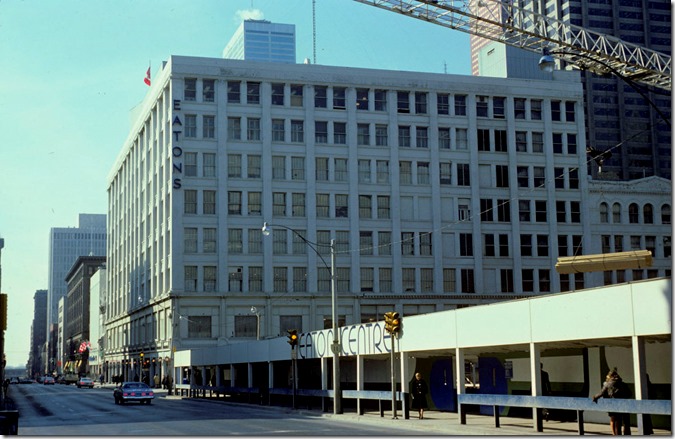
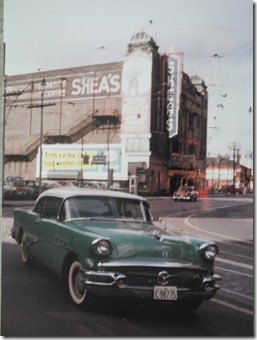
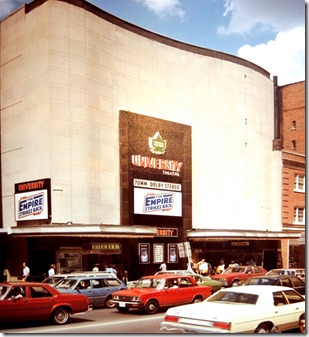
![1906, Easter decoratuon, Queen St. I0016062[1] 1906, Easter decoratuon, Queen St. I0016062[1]](https://tayloronhistory.com/wp-content/uploads/2015/10/1906-easter-decoratuon-queen-st-i00160621_thumb.jpg)
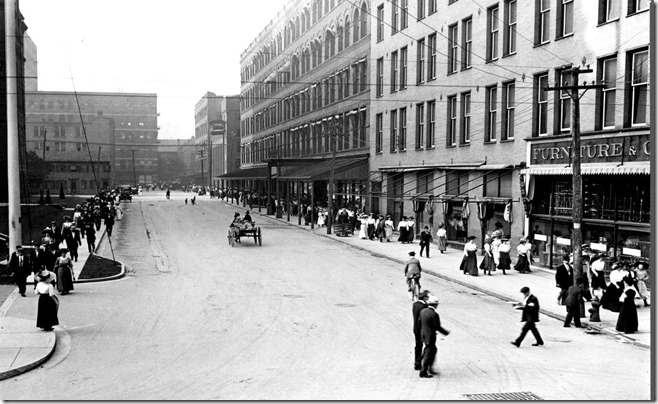
![20100220statue[1] 20100220statue[1]](https://tayloronhistory.com/wp-content/uploads/2015/10/20100220statue1_thumb.jpg)
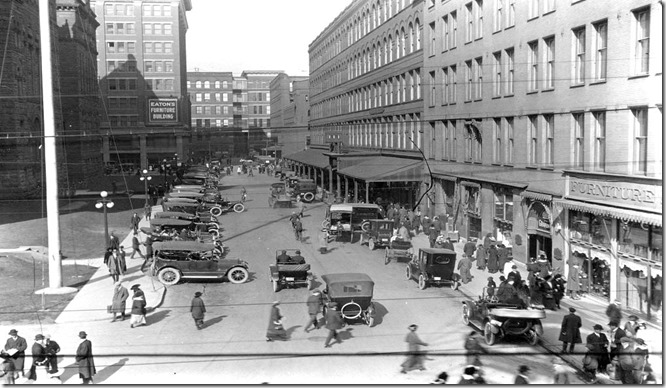
![Wikipedia Eatonstoronto1920MainStore[1] Wikipedia Eatonstoronto1920MainStore[1]](https://tayloronhistory.com/wp-content/uploads/2015/10/wikipedia-eatonstoronto1920mainstore1_thumb.jpg)
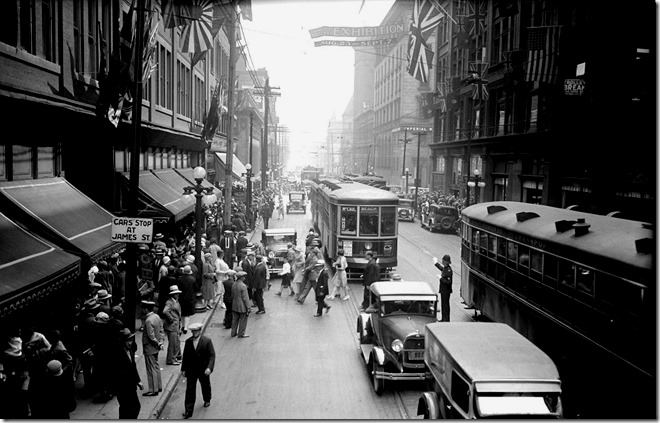
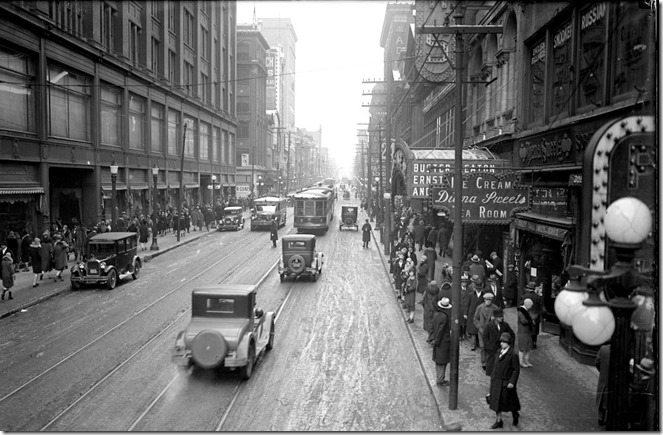
![1939, Georgian Room, 9th floor. I0016064[1] 1939, Georgian Room, 9th floor. I0016064[1]](https://tayloronhistory.com/wp-content/uploads/2015/10/1939-georgian-room-9th-floor-i00160641_thumb.jpg)
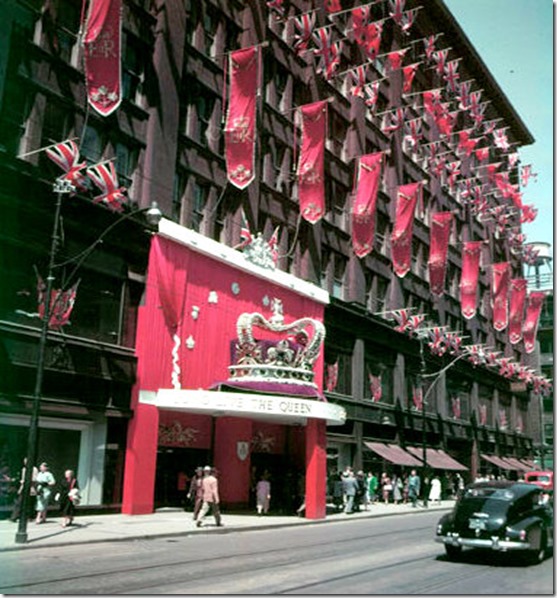
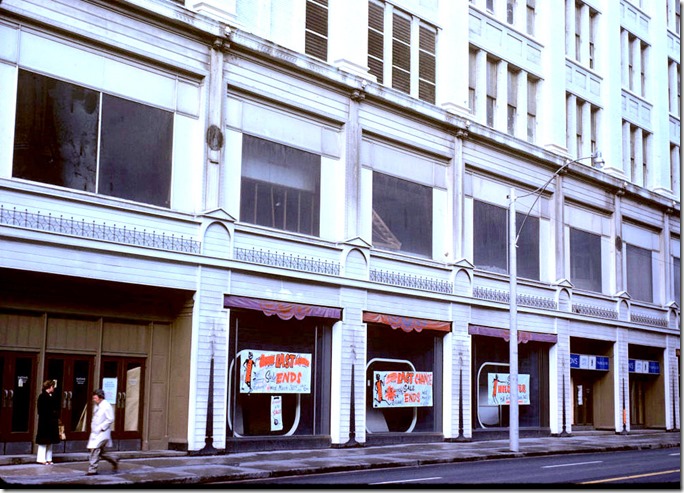
![1962, Tor. Ref. tspa_0001748f[1] 1962, Tor. Ref. tspa_0001748f[1]](https://tayloronhistory.com/wp-content/uploads/2015/10/1962-tor-ref-tspa_0001748f1_thumb.jpg)
![f0124_fl0003_id0031[1] f0124_fl0003_id0031[1]](https://tayloronhistory.com/wp-content/uploads/2015/10/f0124_fl0003_id00311_thumb.jpg)
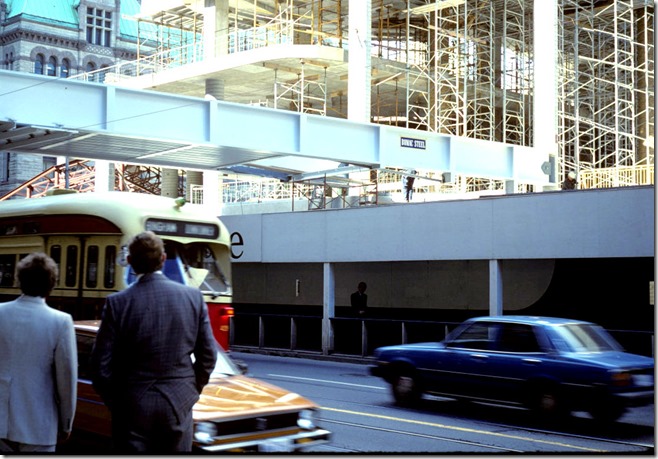
![1978. I0016047[1] 1978. I0016047[1]](https://tayloronhistory.com/wp-content/uploads/2015/10/1978-i00160471_thumb.jpg)
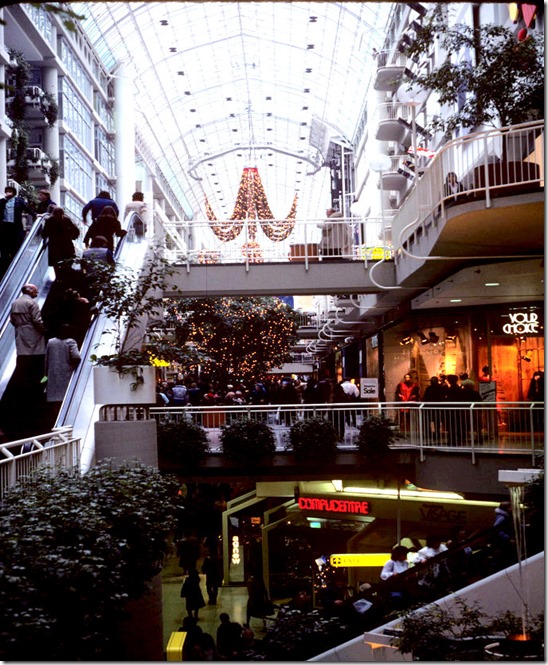
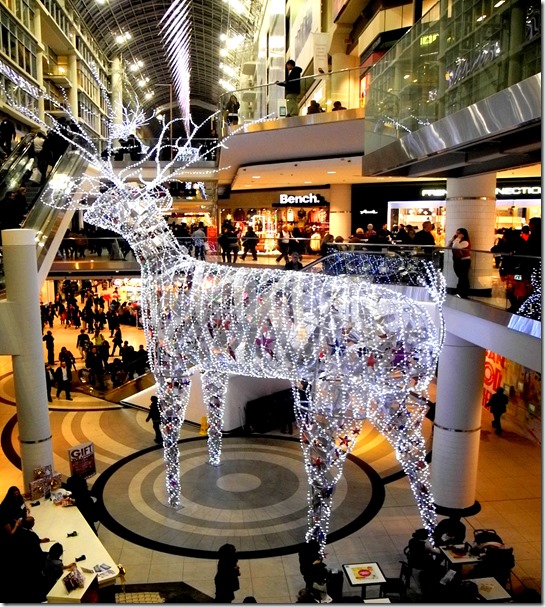
![cid_E474E4F9-11FC-42C9-AAAD-1B66D852[1] cid_E474E4F9-11FC-42C9-AAAD-1B66D852[1]](https://tayloronhistory.com/wp-content/uploads/2015/10/cid_e474e4f9-11fc-42c9-aaad-1b66d8521_thumb2.jpg)


I’ve longed to find a photo of the play in which my mother performed as ‘The Blue Fairy’ — she had dreamed of dance lessons, but her family couldn’t afford it. One day, a neighbourhood mother, approached my grandmother to ask if Blanche (my mom) could replace another little girl in the recital as she had practiced with her own daughter who was also in the show, and she felt that my mother could pull it off at the last moment. She was thrilled and performed as the ‘Blue Fairy.’ I’m actually uncertain of the details but as I recall her short-lived memory in a lucid moment, it was either Eatons or Simpson’s where these kinds of events were held. I’m hoping you can come up with something.
continued….
I should have added a time period to my story. Mom was born in 1921 and she thought she would have been between 8-10 yrs old, so the late 1920’s – early 1930’s? Fingers crossed you can come up with something. Mom has passed away and I’m writing her incredible life story, so to have a photo or anything depicting this very special day in her life, would be incredibly rewarding. Thank you..
Linda